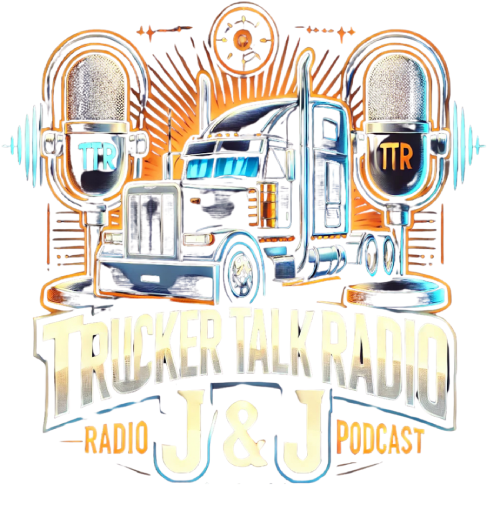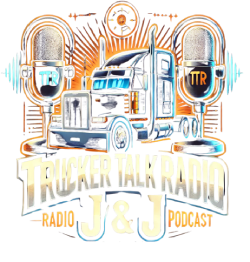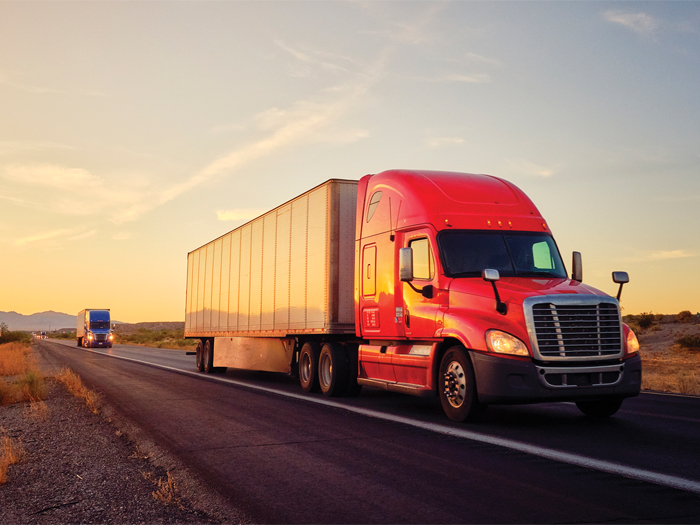In the realm of commercial auto management, telematics presents both advantages and challenges—yet is it wise to enter the fray without the right tools?
The situation for vehicle insurance is alarming: premiums have consistently risen for numerous years with no signs of abating. “Each insurance provider in the commercial auto liability sector has reported worsening outcomes, leading to ongoing rate increases aimed at preserving profitability,” noted Greg Stefan, SVP of risk control at Arch Insurance Group. While trucking fleets might be experiencing the brunt of this trend, companies across the board—whether they use employer-owned or employee-owned vehicles—are also grappling with increased costs.
The average annual increase in commercial auto rates has hovered around 10% over the past seven to eight years, according to Rohan Malhotra, CEO and cofounder of Roadzen, an Insurtech firm focusing on auto lines. This increase significantly impacts small and medium enterprises, such as trucking operations and businesses like plumbing that maintain a small fleet.
Alongside the escalating premiums, there has also been a marked reduction in capacity. “Obtaining reinsurance has become complicated, whereas in the past it was feasible to secure $10 to $15 million easily; now, reinsurers are capping their support at $10 million within various layers in a large tower,” explained Lisa Paul, Chief Strategy Officer for Transportation at HUB International. As a result, the insurance marketplace is under immense financial strain, with escalating auto rates fueled by a multitude of factors: rising parts costs, the intricacies of modern vehicle manufacturing and repair, tort liability concerns, and the influence of technology.
Claims Driving Costs
The primary culprit behind the current state of commercial auto insurance is the surge in claims, specifically concerning claim frequency and associated costs. Following a stable period, auto-related fatalities surged to nearly 40,000 in 2021—showing a 19% increase over two years, as per NHTSA data. This rise can also be linked to increased traffic: In 2023, there were 24% more drivers than in 2003, and 58% more compared to 1983. While more drivers lead to higher premiums, this trend correlates with a increased accident rate per vehicle.
Moreover, the costs associated with claims have soared, not only due to inflation affecting repair costs—up 23% in a year—but also because modern vehicles have become significantly more complex, complicating repairs and raising costs. “When you rear-end someone today, you’re covering more than just the bumper; you’re responsible for every sensor and camera,” Stefan remarked. Furthermore, the commercial auto lines face challenges from severe legal claims, often referred to as “nuclear verdicts,” that can plunge businesses into financial peril due to high payouts in negligence cases.
Mainstream Safety Solutions
Despite the daunting challenges, experts suggest three primary risk control strategies for effective fleet management. To begin with, the trucking sector is confronting a talent shortage, exacerbated by an industry that demands intensive hours, deterring younger drivers. This issue has resulted in an influx of less experienced drivers—often exacerbating accident rates. Firms should focus on enhancing their driver screening and ongoing training processes to reduce incidents and mitigate the appearance of negligence. Simple steps, such as more frequent motor vehicle record checks, can lead to positive outcomes.
Another area of improvement lies in utilizing accessible technologies for onboarding, training, and performance feedback. Solutions such as HUB Drive Online enhance administrative efficiency in fleet management. Additionally, fleet managers can leverage claims data to guide driver routing, ultimately avoiding hazardous road segments by refining operational strategies based on historical loss information.
Lastly, the integration of telematics represents significant potential for improving safety and reducing claims. Innovative technologies like advanced driver-assistance systems (ADAS) and video telematics can provide valuable insights into driver behavior while lowering claim costs. Although the presence of telematics may introduce initial complexities, if used effectively as an educational tool rather than a punitive one, it can contribute to establishing a safety-focused culture within organizations and fostering long-term employee proficiency.
This HTML encapsulates the key points from the original article while maintaining structure and coherence.


